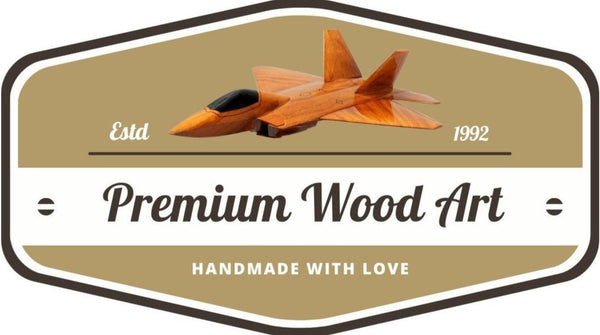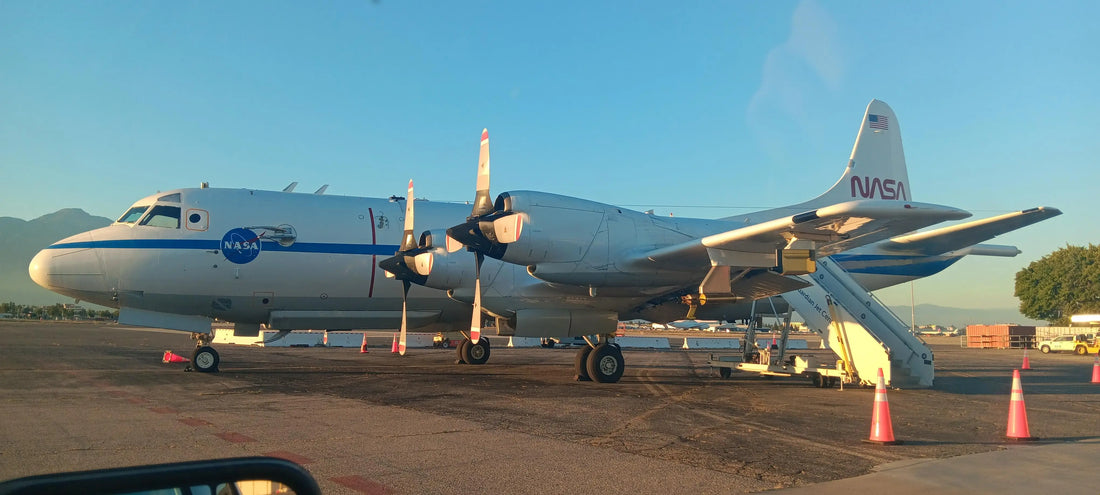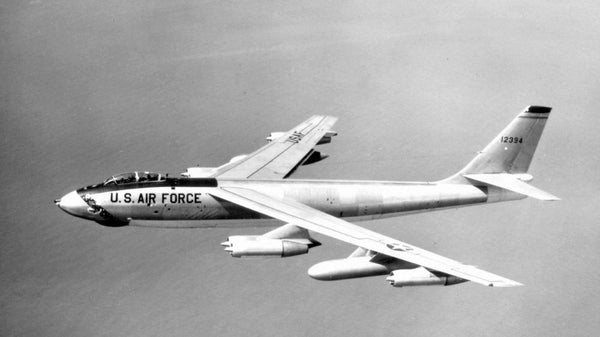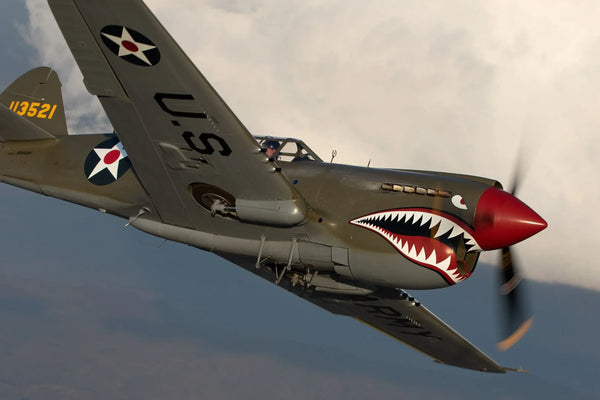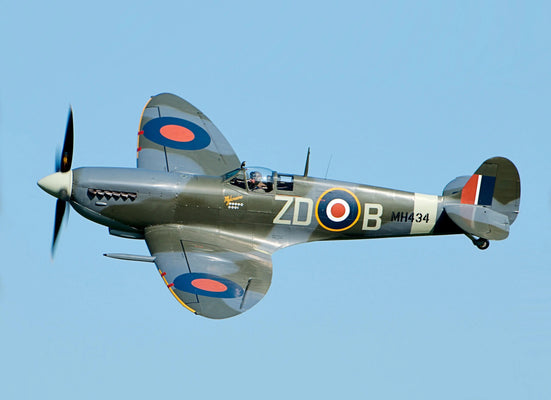When you think of a workhorse aircraft, the Lockheed P-3 Orion is a name that immediately comes to mind for those in naval aviation. For over half a century, this four-engine turboprop has been the undisputed king of maritime patrol. Its long-standing success is not by chance but by design, a perfect blend of unmatched range, incredible endurance, and remarkable versatility. The P-3 Orion's unique ability to stay airborne for extended periods and perform a wide array of missions made it indispensable for both military and civilian tasks around the globe. This combination of performance and adaptability ensured its lasting legacy, making it one of the most successful patrol aircraft in history.
Origins and Development
The P-3 Orion was born out of the Cold War's intense need for a long-range maritime patrol and anti-submarine warfare (ASW) platform. The U.S. Navy required an aircraft that could hunt Soviet submarines across vast stretches of ocean. Lockheed answered this call in the late 1950s by adapting the airframe of its successful L-188 Electra airliner. The P-3 inherited the Electra’s strong fuselage and powerful turboprop engines, which provided the perfect foundation for a new kind of patrol aircraft. The first production P-3 entered service in 1962, ready to take on the challenges of a new era of naval warfare.
Unmatched Range and Endurance
One of the most defining characteristics of the P-3 Orion is its exceptional range and endurance. The aircraft can patrol a staggering 2,000 nautical miles or more on a single mission. This long-range capability is crucial for maritime patrol, as it allows the P-3 to cover vast, remote areas of the ocean where potential threats might lurk. This saves on fuel and allows it to patrol a much larger area than other aircraft.
Even more impressive is its endurance, with the ability to remain airborne for over 12 hours, and sometimes as long as 16 hours or more with in-flight refueling. This remarkable stamina allows the P-3 to loiter over a target area for extended periods, providing continuous surveillance. Whether tracking a quiet submarine, monitoring a naval fleet, or searching for a missing vessel, its long mission time ensures thorough coverage and reduces the need for constant aircraft rotations.
Versatility in Missions
The true genius of the P-3 Orion lies in its incredible versatility. Initially designed for anti-submarine warfare (ASW), it carries a suite of advanced sensors like sonobuoys, which are dropped into the water to detect submarines, and a Magnetic Anomaly Detector (MAD) boom, which helps pinpoint a submerged sub. For engagement, it can carry torpedoes and depth charges.
- Anti-surface warfare (ASuW): It can be armed with anti-ship missiles to engage surface vessels.
- Intelligence, surveillance, and reconnaissance (ISR): Equipped with advanced radar and electro-optical sensors, the P-3 provides critical real-time intelligence for naval operations.
-
Humanitarian and Civilian Roles: Its endurance and sensor capabilities make it a perfect asset for disaster relief, environmental monitoring (like tracking oil spills), and search-and-rescue operations.

P-3 Orion Sensor
Technological Features Supporting Performance
The P-3 Orion's performance is driven by its four powerful Allison T56 turboprop engines. These engines strike a perfect balance between speed, high-altitude performance, and fuel efficiency. For example, during ASW missions, the P-3 can shut down an engine to increase its on-station time and conserve fuel, a testament to its intelligent design. Over its long service life, the P-3 underwent numerous upgrades to its avionics and sensor systems, which ensured it remained a frontline asset despite its aging airframe. This adaptability is why you can still find a P-3 Orion in service today.

Allison T56 Turboprop Engine
Operational Legacy
The Lockheed P-3 Orion has served with distinction in the U.S. Navy and numerous allied nations, including Japan, Australia, Canada, Germany, and others. It has been a key player in major military conflicts and countless peacetime missions. While the U.S. Navy has been gradually replacing it with the newer P-8 Poseidon, the P-3 Orion remains an integral part of many international fleets. For enthusiasts and modelers, the P-3's distinctive shape and storied history make a P-3 wood model a popular item.
The P-3 Orion stands as a testament to intelligent aircraft design and adaptability. Its core strengths—remarkable range, exceptional endurance, and mission versatility—made it the perfect platform for the demands of the Cold War and beyond. As a result, it has secured its place as one of the most successful and enduring maritime patrol aircraft in aviation history.
